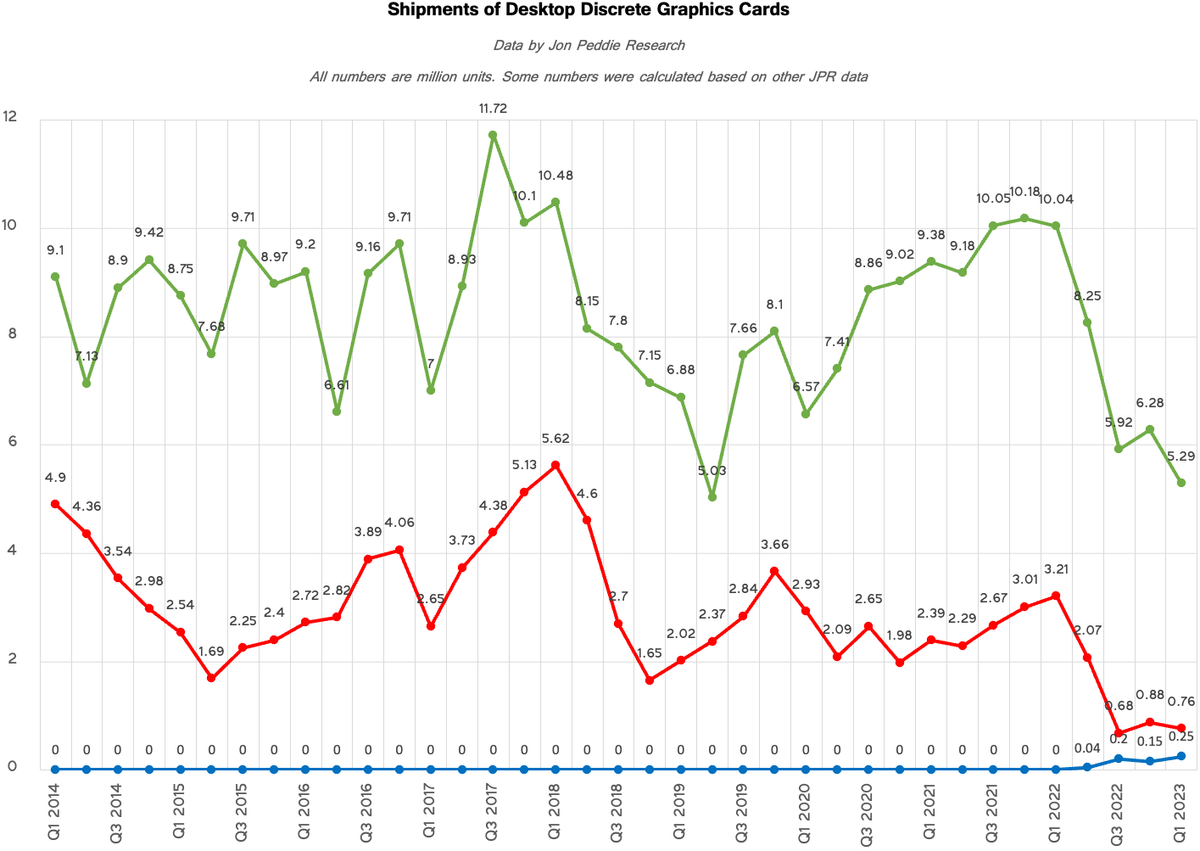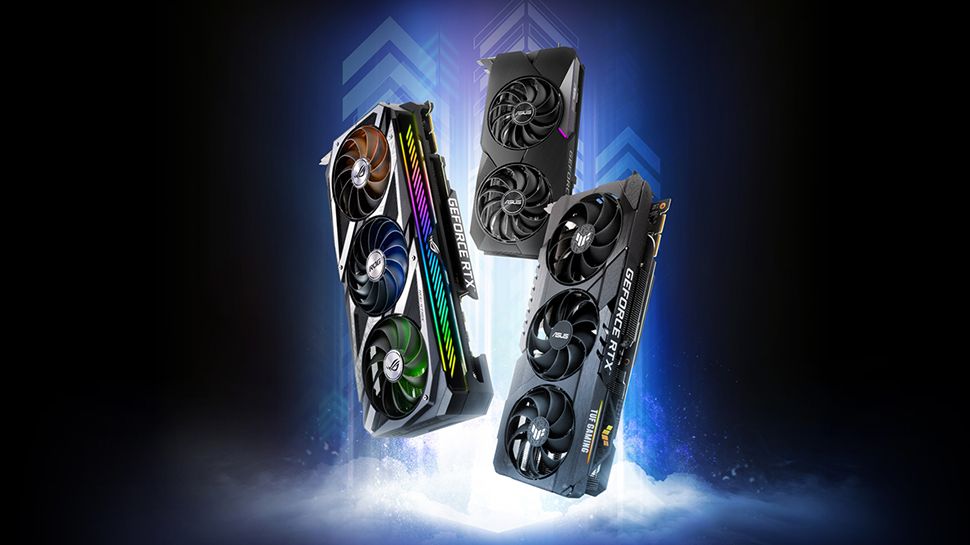Problem with MI200 is that it was two GPU dies slapped onto one stick, and it appears as two GPUs to the system with two separate memory pools, in simple terms AMD was crossfiring two dies, and calling them MI200. So in reality it's real performance is halved, and in a single GPU vs single GPU, it lost by a mile vs A100 in pure performance. However, MI200 was good for customers who wanted increased compute density with limited room, as you can put more GPUs per rack with the MI200.
If MI300 is repeat of the same story as MI200, then I don't think things would change much, it's important for MI300 to appear as a single GPU to the system, and not as a multitude of GPUs. I don't know if this is indeed the case or not, AMD hasn't shared much of official information yet.
MI300X is pure GPU, it's rated for 750w indeed. It's an 8 GPU tile part.
MI300A is an APU, with 3 CPU tiles and 6 GPU tiles, it's rated for ~850w?
There are two scenarios here, either MI300X and MI300A share the same clocks, in which case MI300X is going to be the faster version GPU wise, or that both are the same performance, in which case MI300A operates at higher clocks to compensate for the fewer GPU tiles.


